How to Check for & Fix Bad Blocks on Hard Drives (Windows 11)
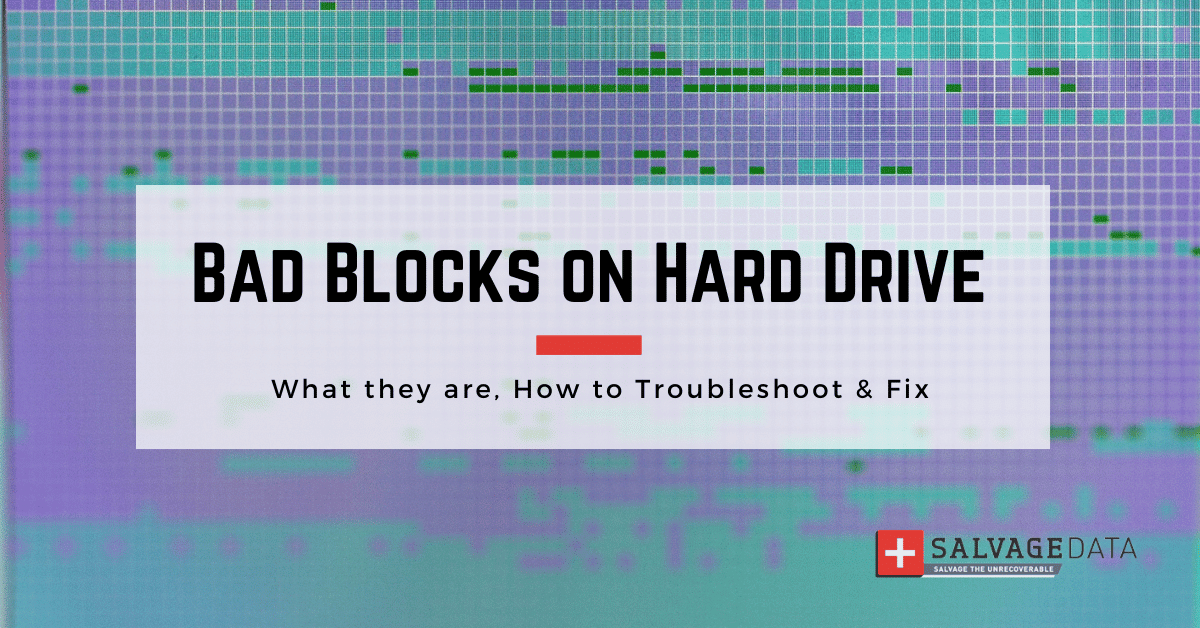
I think there's an issue with my storage device, but I'm not sure
Start a free evaluationBad blocks on hard drives can be a major cause of data loss and system instability. Fortunately, you can fix bad blocks on hard drives in Windows 10 with the help of disk utility software such as CHKDSK, a Windows built-in bad sector repair tool, or a third-party application.
What is a hard drive block
A hard drive block is a unit of data storage on a hard disk. It is the smallest unit of information that can be read or written from the disk, consisting of multiple bits (binary digits). A single block typically holds 512 bytes of data. You may see black and sector being used interchangeably, but it’s important to note the difference between the two. Sector refers to a specific area on the physical disk, while the term block only refers to a unit of data.
What is a bad block on a hard drive
A bad block on a hard drive is a sector that can no longer be read or written to. It can occur because of physical damage to the disk, such as scratches or temperature changes, or due to logical errors in the data stored on it. Bad blocks can cause errors in reading and writing, potentially leading to data loss. Most disks will have some bad blocks over their lifetime, but they can usually be replaced with spare areas located on the disk itself.
How to fix bad blocks on hard drives
Before fixing bad sectors on your hard drive, you should back it up. Choose the right backup medium and the best backup method for your purpose with your data. Here, you should ask how much of your computer’s HDD data you’ll need later on.After that, you can see which type of bad block you have to fix:
- Hard bad sector is when your HDD has physical damage. It can be a manufacturing error or a physical break, such as after the hard drive falls.
- Soft bad sector is related to software issues. It can present decreased performance or file system errors, for example.
1. Check and fix soft bad sectors in the hard disk on Windows 10
To check a bad block on your hard drive on Windows 10, right-click on the drive you want to check and select Properties.Click the Tools tab and then click Check Now.The Error Checking utility will scan your drive and display any bad sectors it finds.Select to repair the disk blocks if they are fixable, or replace the HDD bad blocks with spare areas located on the disk itself if not fixable.In the first case, a window will pop up asking if you want to Scan For And Attempt Recovery Of Bad Sectors. Click Start to complete these operations.
2. Run CHKDSK to fix a soft bad sector
CHKDSK is a Windows command line utility that you can use to scan and repair potential errors and bad blocks on your hard drive.To use it, open an elevated command prompt. Type cmd on the search bar and select to run as administrator.
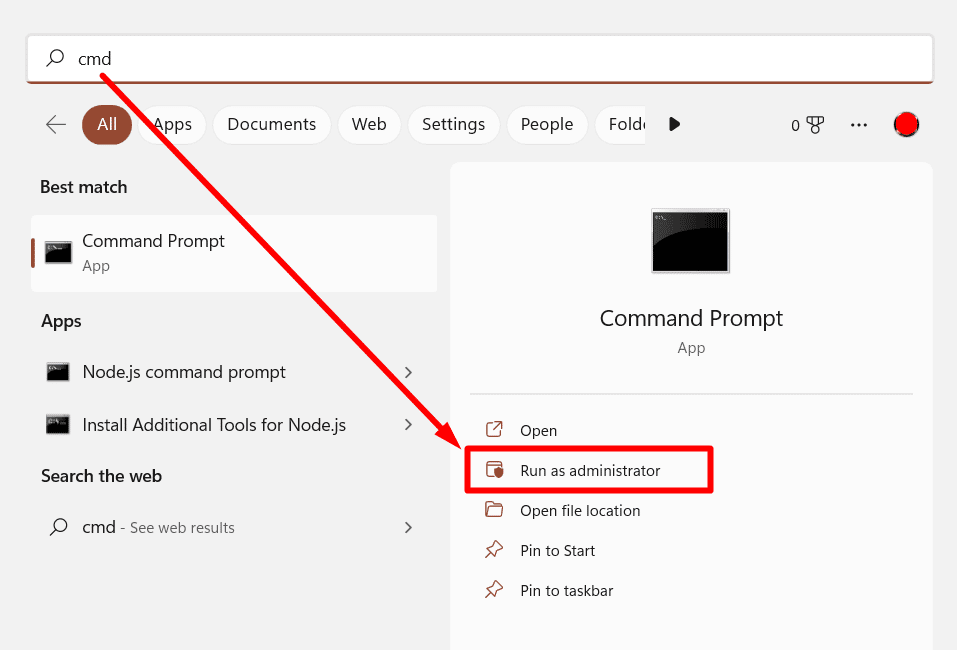
After that, type the command:
Dism /Online /Cleanup-Image /RestoreHealth
chkdsk x: /f /r /x
Replace 'x' with the letter of your hard drive partition.After scanning your hard disk, you can format it. Remember that formatting your hard drive will erase all data on it.
3. Using third-party partition manager software to fix a soft bad sector
This type of software provides a step-by-step wizard that you can use to check for soft bad sectors on your hard drive and fix them accordingly.
4. Send your hard drive to a recovery service to fix a hard bad sector
When you have a hard drive with physical damage, only an experienced professional, with the proper tools and a clean room, can fix your device.That’s because, unlike a software and logical issue, physical damage requires opening the device, most of the time.SalvageData recovery experts go beyond to guarantee your data back. Even when you believe there’s no more hope for your data, our engineers create a way to salvage your files.
Do bad blocks mean a hard drive is failing?
One, or even three, bad blocks don’t mean your HDD is about to fail. However, having several bad blocks in the hard drive is an indication that your hard drive may be failing. If these errors are frequent, it could be a sign of impending hardware failure, and you should back up all important data as soon as possible. Other signs of hard drive failure include slow performance, increased noise, unusual error messages, and frequent system crashes.
Recover data from bad blocks on a hard drive
Recovering data from a bad block on a hard drive can be difficult and time-consuming. If your hard drive is still functioning, it's important to back up all important data as soon as possible in case the drive fails. After this, the best method for attempting to recover the data is to use a specialized data recovery service. These services often employ advanced techniques such as disk cloning, imaging, or sector-level recovery to access and restore data from bad blocks.
TL; DR: Bad blocks, also known as bad sectors, are common on hard drives. On the other hand, too many bad blocks can mean your drive is about to fail. Knowing the HDD failure signs can help you avoid data loss. If your hard disk's bad blocks are because of a logical issue, you can easily fix it on your own. However, the bad sector due to physical damages requires a recovery expert to fix and restore the data.
Related services
These are the most commonly requested data recovery services. At our headquarters' cleanroom lab, our certified engineers conduct a thorough review of any type of physical storage device, determining if there is logical or physical damage and carefully restoring all of the lost files.ces.

External Drive Data Recovery
We recover data from both external SSD and HDD drives. Rely on certified experts to restore your important files from damaged or corrupted external drives.

Hard Drive Data Recovery
Recover data from all brands of HDD, PC hard drives, and hybrid disks. Our specialists ensure fast and secure recovery for any data loss scenario.
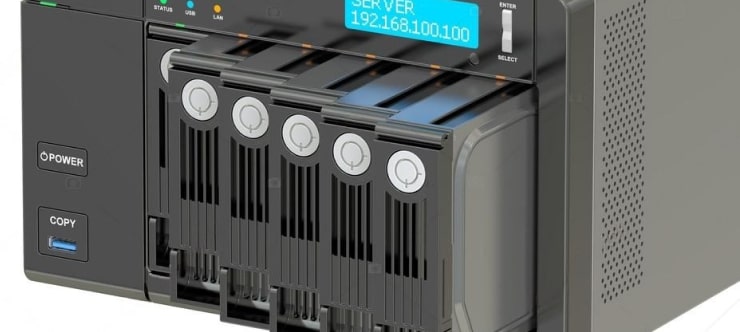
NAS Data Recovery
Recover data from NAS devices, including RAID configurations. Our team handles all types of NAS systems and ensures data recovery with minimal downtime.
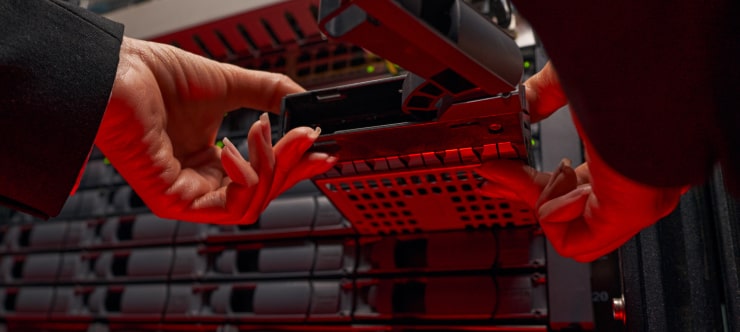
RAID Data Recovery
Our RAID data recovery services cover RAID 0, 1, 5, 10, and other configurations. We offer expert solutions for failed, degraded, or corrupted RAID arrays.
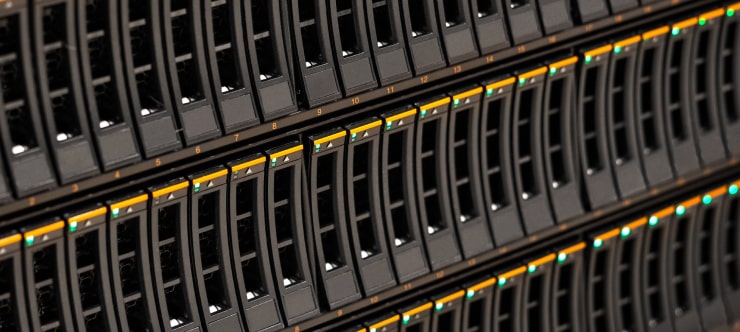
SAN Data Recovery
Our team specializes in handling SAN devices from leading manufacturers like Dell EMC, HP, and IBM, ensuring efficient recovery with minimal disruption to your operations.
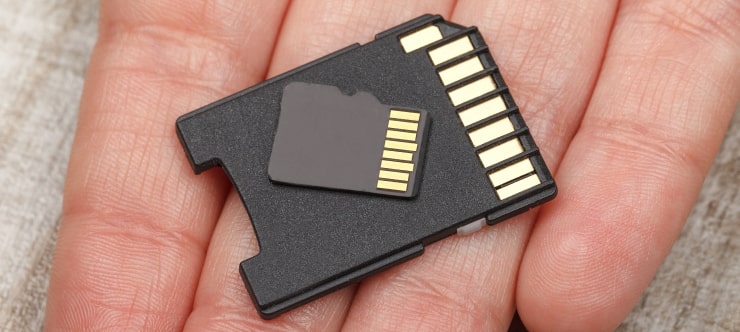
SD Card Data Recovery
Our recovery experts specialize in restoring data from SD and memory cards. We guarantee quick recovery with a no-data, no-charge policy.

SSD Data Recovery
Our data recovery experts handle all SSD data loss scenarios with advanced tools, ensuring maximum recovery with high-security protocols.
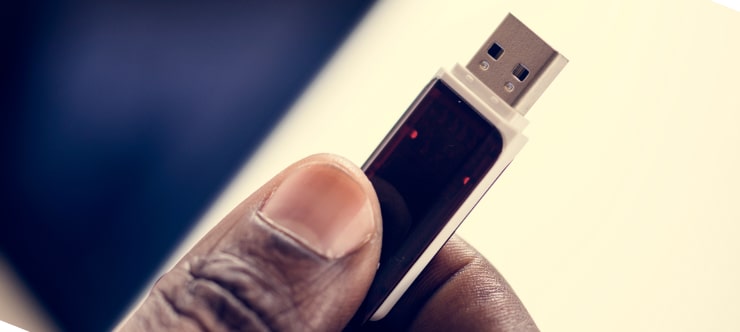
USB Flash Drive Data Recovery
Recover lost data from USB flash drives, regardless of the damage or brand. We offer free in-lab evaluations to assess data recovery needs.
If you’re unsure about which data recovery service to choose, let our team assist you in selecting the appropriate solutions. We understand the anxiety that comes with a sudden drive failure, and we are more prompt in our actions compared to other recovery service providers.



